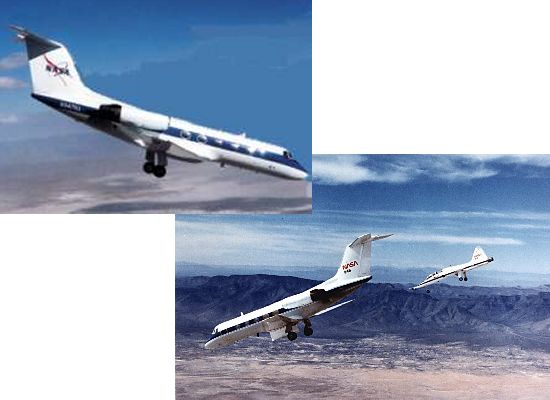This is purely my own speculation: I think they will always want at least one career military aviator per vessel, because the aforementioned skills will likely be more developed in him/her than they will in the other astronauts.
FIFY. But you're correct…purely your own speculation. Not without statistical data to back it up, I admit…but speculation at this point.
The professor of mine (consultant) went on to say that becoming an astronaut is not as simple as getting your degree and the few years of relevant experience. That's for the guys who get their STEM degrees, fly in the military, and become test pilots towards the end (flying is not a STEM job). They're really looking for people with a solid decade long work history with recommendations at all levels, various awards, and a plethora of projects to their names.
May be good advice….I dunno. Would be better if your professor was a former Astronaut, but I can't dispute it out-of-hand. I have no advice for you about the whole "decade long work history with recommendations at all levels, various awards, and a plethora of projects to their names.". Not sure CFC Coordinator, Air Show/Fleet Week Booth Coordinator, Unit Urinalysis Coordinator, Legal and/or PAO Officer will exactly light up your resume…but that's some of the stuff that MAY be in your immediate post-OCS resume. It does get better…but even USNTPS needs a Urinalysis and CFC Coordinator….

Look at any astronaut bio, these guys and gals are mostly high-speed types who blast through education and have experience in tons of different fields before getting picked up.
FIFY…again. But no sweat…there's always room for an individual like yourself who, if I can "steal your own words" from your other thread: "I made the mistake of choosing a worthless degree."
Maybe becoming a "high-speed type" should be your first and primary goal (no pun intended…). Good luck at OCS. Might I recommend that you keep the whole "Astronaut Thing" kinda on the "down low" during your time at NPT?

 It is the Navy's way of screening the candidates they put into to NASA, I have a buddy who has been selected several times but hasn't been called up to the big leagues yet.
It is the Navy's way of screening the candidates they put into to NASA, I have a buddy who has been selected several times but hasn't been called up to the big leagues yet.
